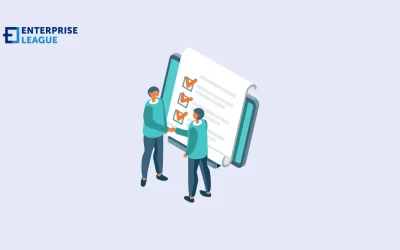Website speed influences how visitors interact with content. An efficient hosting platform can transform a sluggish WordPress site into a swift and responsive experience. People expect websites to load quickly, often forming opinions within seconds. If your pages load fast, you’ll notice people interacting more with your content, and search engines will rank you higher.
Choosing the right hosting type
Selecting appropriate hosting sets the foundation for speed. Shared hosting may seem affordable, but it often leads to slower performance during traffic surges. Virtual private servers and dedicated hosting options provide more consistent resources. These choices stop one website’s heavy activity from slowing down another’s pace. For optimal results, website WordPress hosting offers configurations suited for the platform’s unique requirements.
Optimizing server location
Physical distance between users and the hosting server affects website loading speeds. Choosing a host with data centers close to the primary audience can reduce delays. When web requests travel shorter distances, information reaches users faster. Some hosts allow users to select their preferred server region, providing flexibility and efficiency. This simple step can enhance the overall browsing experience for visitors.
Utilizing content delivery networks
Content delivery networks, often abbreviated as CDNs, distribute website data across global servers. Whenever a visitor loads a page, the CDN serves content from the nearest location. We make things quicker for guests arriving from abroad. By evening out the flow of people, we get everyone through the process swiftly. Integrating a reliable CDN with WordPress website hosting improves load times and keeps website content accessible worldwide.
Prioritizing caching solutions
Caching stores frequently accessed data, allowing it to display instantly on repeat visits. Built-in caching tools on many hosting platforms streamline this process. Browser caching saves static files, like images and stylesheets, on the visitor’s device. Server-side caching, on the other hand, stores dynamic data for quick retrieval. You’ll see faster page speeds with either pick, giving your server a much-needed break.
Keeping software updated
Outdated software can slow down a website and create security risks. Update your WordPress, its plugins, and your theme often. You’ll keep your site running its best. Most hosting providers offer automatic updates, ensuring all components remain current. You’ll see a big jump in speed. More importantly, it protects your site against online threats. Routine maintenance supports a smoother and faster user experience.
Compressing and optimizing images
Large images often account for slow website performance. Optimizing photos before uploading reduces their file size while maintaining quality. Plenty of WordPress tools automatically handle this, making pictures smaller and cutting out useless bits. Serving images in modern formats, such as WebP, can also improve site speed. Efficient image management ensures that visual content loads without causing delays.
Minimizing plugins and scripts
Every additional plugin or script increases the work a website must do to load. Extra software, especially applications that maintain continuous background processes, can noticeably hinder system speed. Regularly reviewing and removing unused plugins keeps WordPress installations lean. Using lightweight alternatives for essential features prevents sluggishness. When websites run fewer programs behind the scenes, pages pop up quicker, making your time online much smoother.
Improving database performance
WordPress websites rely on databases to store content and settings. Databases slowly gather a lot of junk. This happens because of old edits, unwanted spam, and information nobody uses. Databases get messy. Cleaning and fine-tuning them lets you pull up data way quicker. Your host usually gives you features to manage your databases. Regular cleanups prevent slowdowns and keep websites operating at peak speed.
Utilizing HTTP/2 and HTTPS protocols
Modern hosting platforms support newer protocols that enhance website speed and security. HTTP/2 allows multiple requests to run simultaneously over a single connection, reducing wait times. HTTPS locks down your data, protecting privacy and giving your search ranking a lift. You can usually get these working without a fuss, and the advantages show up fast. Guests often linger longer when their internet access is both quick and dependable.
Monitoring performance regularly
Consistent monitoring helps identify speed issues before they impact visitors. You’ll often get performance data from your host. This helps you monitor everything. Testing load times from different devices and locations reveals where improvements are needed. Acting fast on what we’ve learned stops bigger trouble. Proactive management maintains a responsive and reliable website.
Balancing themes and design choices
Attractive themes can sometimes slow down load times if not optimized. Choosing lightweight, well-coded themes reduces unnecessary bulk. Customizing themes with only essential features ensures a balance between design and performance. Testing theme updates for speed before going live avoids surprises. Clever design choices mean a website can look fantastic and still load super fast.
Conclusion
Your website loads quickly when you pick a good host and keep everything tuned up regularly. Even tiny adjustments significantly improve a visitor’s time here. WordPress sites stay speedy when you choose top-notch hosting, use a CDN, and regularly update your programs. Keeping an eye on things and clever planning really boost how well it works. Speedy, trustworthy websites keep visitors coming back, making your success last.
More must-read stories from Enterprise League:
- Learn about different types of web hosting to choose the right solution.
- Discover how SEO helps your business attract more customers online.
- Implement best practices to improve your website design for better user experience.
- Explore the advantages of cloud storage for your business data needs.
- Consider essential things before launching an e-commerce website for success.





